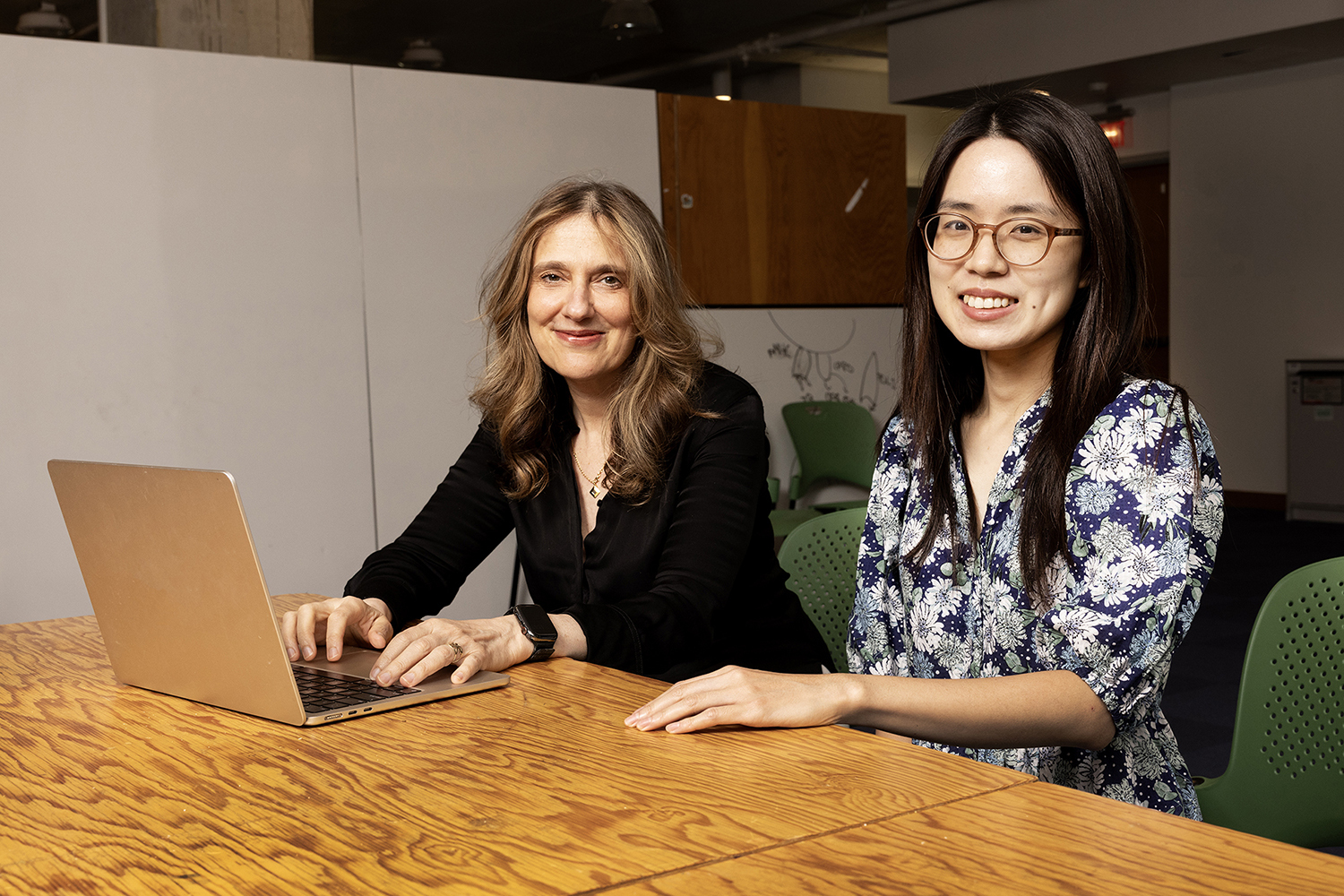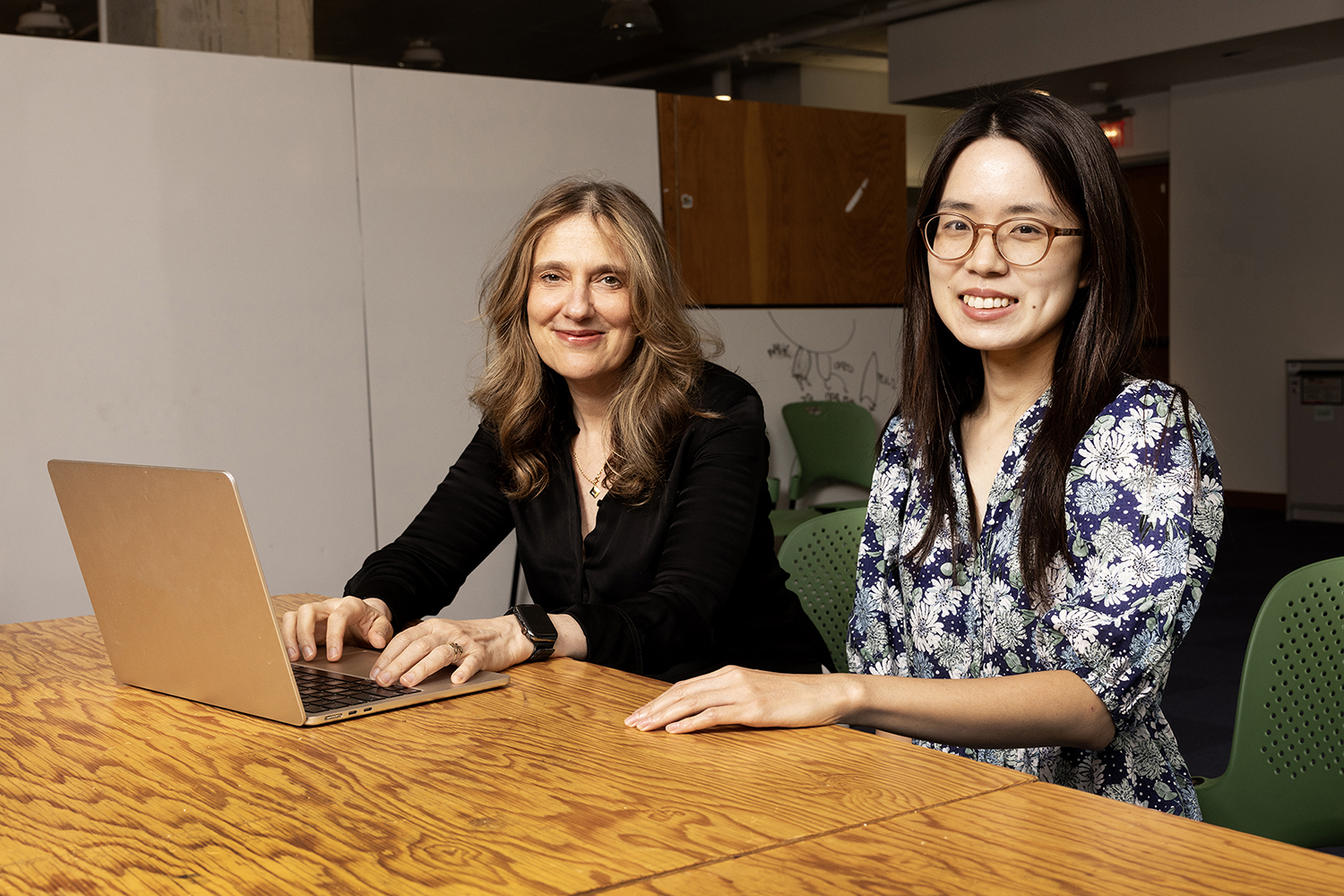
Yearly, international well being specialists are confronted with a high-stakes resolution: Which influenza strains ought to go into the following seasonal vaccine? The selection should be made months upfront, lengthy earlier than flu season even begins, and it might usually really feel like a race towards the clock. If the chosen strains match people who flow into, the vaccine will probably be extremely efficient. But when the prediction is off, safety can drop considerably, resulting in (doubtlessly preventable) sickness and pressure on well being care programs.
This problem grew to become much more acquainted to scientists within the years through the Covid-19 pandemic. Suppose again to the time (and time and time once more), when new variants emerged simply as vaccines have been being rolled out. Influenza behaves like the same, rowdy cousin, mutating always and unpredictably. That makes it arduous to remain forward, and due to this fact tougher to design vaccines that stay protecting.
To cut back this uncertainty, scientists at MIT’s Laptop Science and Synthetic Intelligence Laboratory (CSAIL) and the MIT Abdul Latif Jameel Clinic for Machine Studying in Well being got down to make vaccine choice extra correct and fewer reliant on guesswork. They created an AI system referred to as VaxSeer, designed to foretell dominant flu strains and establish probably the most protecting vaccine candidates, months forward of time. The instrument makes use of deep studying fashions skilled on a long time of viral sequences and lab take a look at outcomes to simulate how the flu virus would possibly evolve and the way the vaccines will reply.
Conventional evolution fashions usually analyze the impact of single amino acid mutations independently. “VaxSeer adopts a big protein language mannequin to be taught the connection between dominance and the combinatorial results of mutations,” explains Wenxian Shi, a PhD scholar in MIT’s Division of Electrical Engineering and Laptop Science, researcher at CSAIL, and lead writer of a brand new paper on the work. “Not like current protein language fashions that assume a static distribution of viral variants, we mannequin dynamic dominance shifts, making it higher fitted to quickly evolving viruses like influenza.”
An open-access report on the examine was revealed at this time in Nature Medication.
The way forward for flu
VaxSeer has two core prediction engines: one which estimates how probably every viral pressure is to unfold (dominance), and one other that estimates how successfully a vaccine will neutralize that pressure (antigenicity). Collectively, they produce a predicted protection rating: a forward-looking measure of how effectively a given vaccine is more likely to carry out towards future viruses.
The size of the rating may very well be from an infinite destructive to 0. The nearer the rating to 0, the higher the antigenic match of vaccine strains to the circulating viruses. (You’ll be able to think about it because the destructive of some form of “distance.”)
In a 10-year retrospective examine, the researchers evaluated VaxSeer’s suggestions towards these made by the World Well being Group (WHO) for 2 main flu subtypes: A/H3N2 and A/H1N1. For A/H3N2, VaxSeer’s selections outperformed the WHO’s in 9 out of 10 seasons, based mostly on retrospective empirical protection scores (a surrogate metric of the vaccine effectiveness, calculated from the noticed dominance from previous seasons and experimental HI take a look at outcomes). The crew used this to guage vaccine picks, because the effectiveness is just obtainable for vaccines really given to the inhabitants.
For A/H1N1, it outperformed or matched the WHO in six out of 10 seasons. In a single notable case, for the 2016 flu season, VaxSeer recognized a pressure that wasn’t chosen by the WHO till the next yr. The mannequin’s predictions additionally confirmed sturdy correlation with real-world vaccine effectiveness estimates, as reported by the CDC, Canada’s Sentinel Practitioner Surveillance Community, and Europe’s I-MOVE program. VaxSeer’s predicted protection scores aligned intently with public well being information on flu-related diseases and medical visits prevented by vaccination.
So how precisely does VaxSeer make sense of all these information? Intuitively, the mannequin first estimates how quickly a viral pressure spreads over time utilizing a protein language mannequin, after which determines its dominance by accounting for competitors amongst totally different strains.
As soon as the mannequin has calculated its insights, they’re plugged right into a mathematical framework based mostly on one thing referred to as extraordinary differential equations to simulate viral unfold over time. For antigenicity, the system estimates how effectively a given vaccine pressure will carry out in a typical lab take a look at referred to as the hemagglutination inhibition assay. This measures how successfully antibodies can inhibit the virus from binding to human purple blood cells, which is a broadly used proxy for antigenic match/antigenicity.
Outpacing evolution
“By modeling how viruses evolve and the way vaccines work together with them, AI instruments like VaxSeer may assist well being officers make higher, quicker choices — and keep one step forward within the race between an infection and immunity,” says Shi.
VaxSeer at present focuses solely on the flu virus’s HA (hemagglutinin) protein,the main antigen of influenza. Future variations may incorporate different proteins like NA (neuraminidase), and elements like immune historical past, manufacturing constraints, or dosage ranges. Making use of the system to different viruses would additionally require massive, high-quality datasets that monitor each viral evolution and immune responses — information that aren’t all the time publicly obtainable. The crew, nevertheless is at present engaged on the strategies that may predict viral evolution in low-data regimes constructing on relations between viral households
“Given the pace of viral evolution, present therapeutic growth usually lags behind. VaxSeer is our try and catch up,” says Regina Barzilay, the Faculty of Engineering Distinguished Professor for AI and Well being at MIT, AI lead of Jameel Clinic, and CSAIL principal investigator.
“This paper is spectacular, however what excites me maybe much more is the crew’s ongoing work on predicting viral evolution in low-data settings,” says Assistant Professor Jon Stokes of the Division of Biochemistry and Biomedical Sciences at McMaster College in Hamilton, Ontario. “The implications go far past influenza. Think about with the ability to anticipate how antibiotic-resistant micro organism or drug-resistant cancers would possibly evolve, each of which might adapt quickly. This type of predictive modeling opens up a strong new mind-set about how illnesses change, giving us the chance to remain one step forward and design scientific interventions earlier than escape turns into a significant drawback.”
Shi and Barzilay wrote the paper with MIT CSAIL postdoc Jeremy Wohlwend ’16, MEng ’17, PhD ’25 and up to date CSAIL affiliate Menghua Wu ’19, MEng ’20, PhD ’25. Their work was supported, partly, by the U.S. Protection Menace Discount Company and MIT Jameel Clinic.

